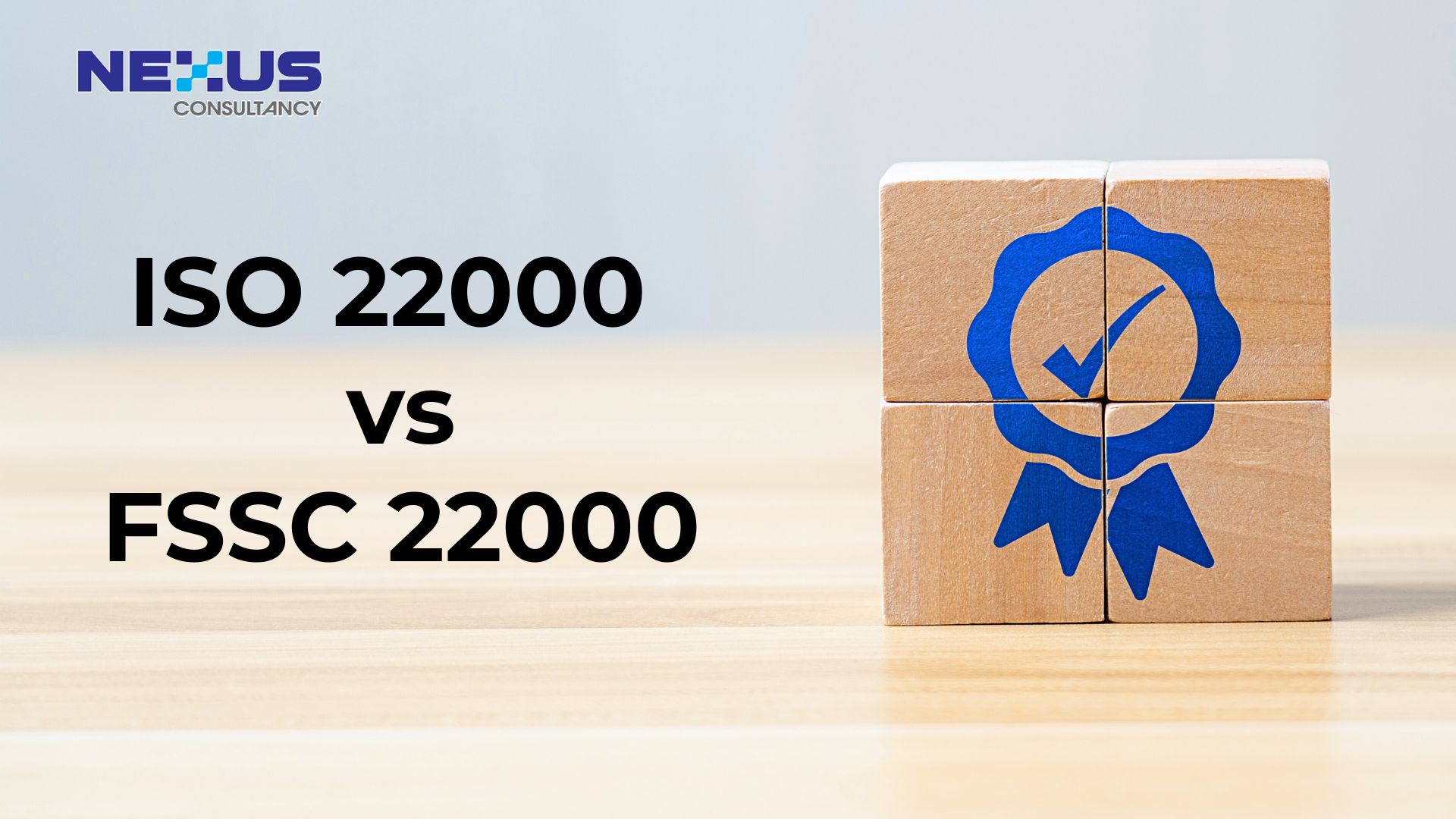
On August 1, 2018, BRC published a new version of its Food Safety Standard. After a transition phase of six months, the BRC Food Standard Issue 8 will replace Issue 7. The development of Issue 8 followed a wide consultation to understand stakeholders’ requirements and a review of emerging issues in the food industry. The information has been developed and reviewed by working groups made up of international stakeholders representing food manufacturers, retailers, food service companies, certification bodies and independent technical experts.
To prepare you for the new version, we have outlined the most important changes below.
THE FOCUS OF ATTENTION FOR THIS ISSUE HAS BEEN ON:
- encouraging development of product safety culture
- expanding the requirements for environmental monitoring to reflect the increasing importance of this technique
- encouraging sites to further develop systems for security and food defence
- adding clarity to the requirements for high-risk, high-care and ambient high-care production risk zones
- providing greater clarity for sites manufacturing pet food
- ensuring global applicability and bench-marking to the Global Food Safety Initiative (GFSI)
WHAT’S NEW?
The new issue has consolidated key themes including ensuring global applicability and benchmarking to the Global Food Safety Initiative (GFSI), encouraging the development of a food safety culture and expanding the requirements for environmental monitoring. Alongside these areas of focus are the addition of new sections and clauses, which we have summarized for you below:
- Section 8: High Risk, High Care and Ambient High Care Requirements
The requirements for production facilities who fall into the high risk, high care and ambient high care categories have been centralized and are now found in section 8. Sites are expected to demonstrate that production facilities and controls are suitable to prevent pathogen contamination of products. These clauses, previously found under section 4 and 7, need to be fulfilled in addition to all relevant requirements in sections 1 – 7. - Section 9: Requirements of the traded goods – voluntary module
This module has been incorporated as a separate section and requires the organization to operate procedures for approval to ensure that food products are safe, comply with legal requirements and are manufactured in accordance with product specifications. In a stark difference to Issue 7, any non-conformities assigned against this module will now be included in the overall grade. - The integration of Pet Food
Found under section 5 (Clauses 5.1.5 – 5.1.7), pet food has been integrated and defined to assist manufacturers. This encompasses the procedures when dealing with products for various animal species and ensuring that products are designed for their intended use (complete diet or complementary product). Medicated food needs to be precisely labeled, materials need to be clearly identifiable and involve mechanisms to ensure that the correct concentrations are used. - Whistleblower system
It is now fundamental that a whistleblower system be integrated to ensure all concerns regarding product safety, integrity, quality and legality to senior management can be reported and handled confidentially. The method (e-mail, hotline number etc.) needs to be clearly communicated to employees. A process to handle concerns raised needs to be implemented and documented. This ties in particularly well with BRCs newly released whistleblower hotline. - The addition of Cyber Security Clauses
Under section 3, clause 3.11.1 it is a requirement that organizations implement procedures to document and handle cyber attacks or the failure of their internet security. As this topic becomes increasingly more relevant, it brings BRC Food in line with other standards and principles.
Internal Audit
Clause 3.4.1 has been amended to ensure that food safety management systems are being assessed at regular intervals (at least 4 audit dates per year).
Timeline for the transition
- August 2018 – Standard published
- September 2018 – Approved training partner training
- October 2018 – Auditor and site training begins
- February 2019 – Audits commence: all audits will now be conducted in accordance with Issue 8. Prior to this date, Issue 7 remains mandatory.
How can Nexus Help?
We can provide:
- Awareness training to help you understand the requirements of British Retail Consortium (BRC).
- A gap analysis, which can be used to highlight the changes that will need to be made for transition from BRC Food Issue 7 to Issue 8.
- Guidance to help you with the transition from BRC Food Issue 7 to Issue 8 certification.






